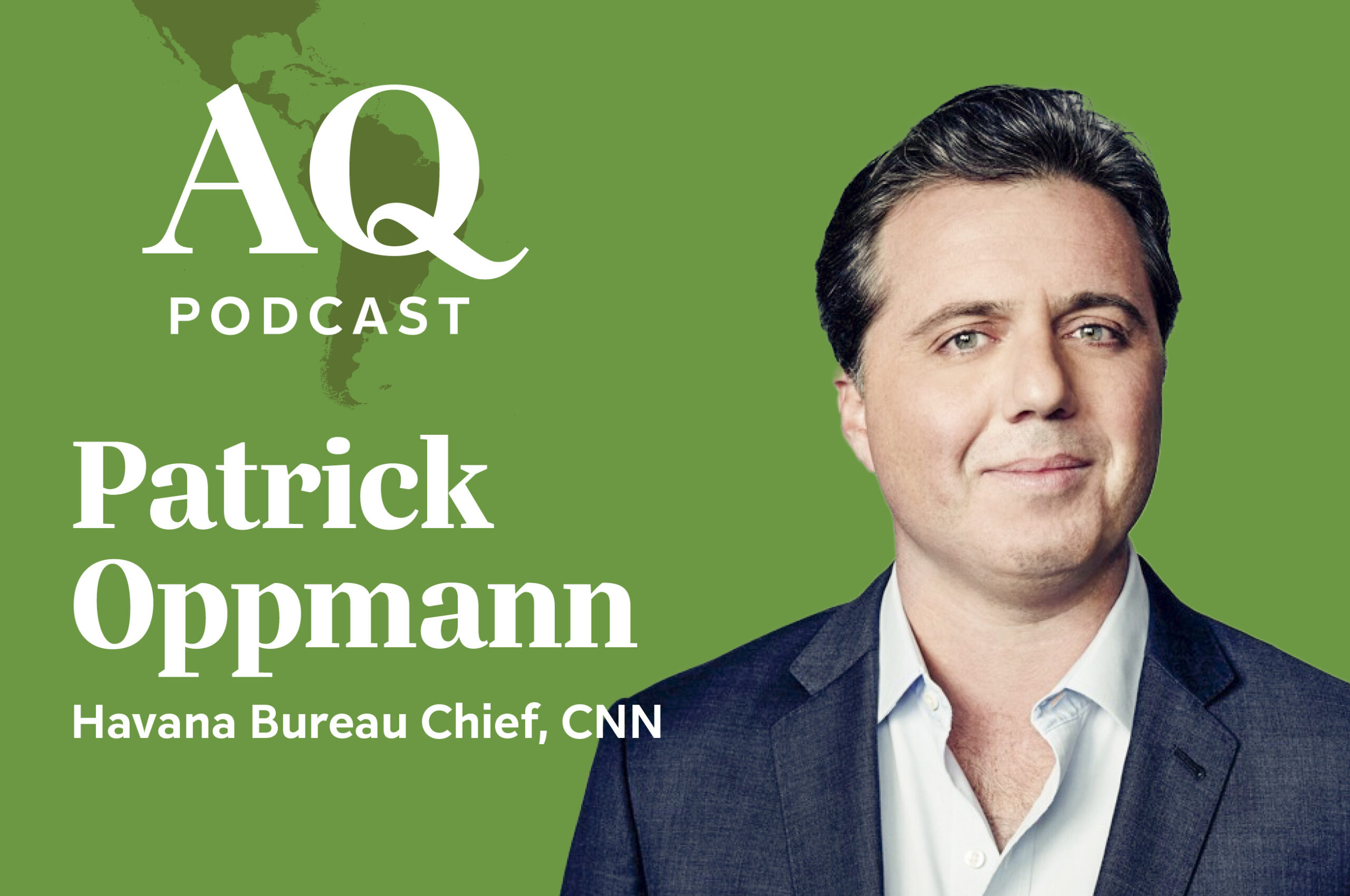Explainer: What Are Brazil's Bus Fare Protests?
Explainer: What Are Brazil's Bus Fare Protests?
While a rise in mass-transit fares sparked protests of historic proportions, Brazilians also rallied against cost-of-living increases, corruption, and the quality of public services.
Updated June 19—On June 17, Brazil saw some of the largest protests in two decades, with an estimated 230,000 people taking to the streets in 12 cities across the country. The immediate motivation stemmed from a rise in public transportation fares, followed by a reaction to police repression of protesters—as well as a sense of discontent about public services and the cost of living.
Why did the protests start?
The protests began in recent weeks in São Paulo, organized by the Free Fare Movement, which advocates free, government-run mass transit. The demonstrations came in response to a R$0.20 ($0.10) rise in bus fares in Brazil’s biggest city, and spread to other urban centers where transportation fares are also increasing. Smaller-scale fare protests emerged in September last year in the northern city of Natal, as well as the southern city of Porto Alegre in March.
Social Media and the “Salad Revolution”
During the protests last week in Rio and São Paulo, police used rubber bullets and gas bombs against protesters, including those peacefully demonstrating and members of the press. People found with vinegar—used to protect against tear gas—in their possession were arrested. Thus the protests were dubbed “Salad Revolution” or the “V for Vinegar” movement.
The protests, like in other parts of the world, rely heavily on social media. Many of the demonstrations were organized on Facebook, while a variety of hashtags helped promote the events on Facebook and Twitter. A crowdsourced map allowed Brazilians to submit information about the size of protests and police violence, as well as photos and videos. Several livestream channels webcast the São Paulo protests in real time. Social media coverage of police abuses—such as firing tear gas on non-violent protesters—spurred expanded coverage in traditional media of the protests.
O Globo’s technology columnist Pedro Doria wrote that as a result, government leaders who infrequently use social media were taken by surprise. “There is, evidently, a generational gap,” he wrote. But unlike neighbors such as Argentina, Brazil hasn’t seen such large demonstrations in decades; Rio Real Blog’s Julia Michaels suggests the protests could represent “a tipping point.”
Going Global: Related Protests around the World
The reaction to the violence reverberated throughout the country and worldwide, with larger numbers of people turning out to the June 17 demonstrations. Solidarity protests by Brazilian expats also took place this week in cities ranging from London to Sydney.
More rallies are planned in São Paulo and Rio de Janeiro in the coming days.
The Protesters’ Evolving Demands
As the demonstrations grew, protesters spoke out against a variety of grievances beyond bus fares, ranging from deficient education and health systems, corruption, government spending on mega-events, and an increasing cost of living. These complaints reflect “the rise of a larger, richer, and more sophisticated middle class…demanding better public services, lower prices, and cleaner politicians,” writes the Financial Times’ Joe Leahy. Because of the more generalized nature of the protests, some demonstrators used the catchphrase: “It’s not just about 20 cents.”
The Government Responds
On June 18, President Dilma Rousseff said her administration would heed people’s concerns, vowing to improve public services and combat inflation. “Brazil woke up stronger today,” she said. Members of Congress plan to work with public prosecutors to investigate police violence against demonstrators. Seven cities—Cuiaba, Joao Pessoa, Manaus, Natal, Porto Alegre, Recife, and Vitoria—announced reductions in bus fare the same day. On June 19, the mayors of Rio and São Paulo also said there would be reductions in transportation fares.








